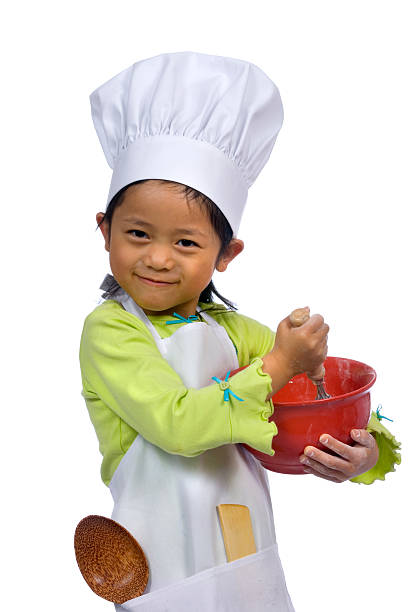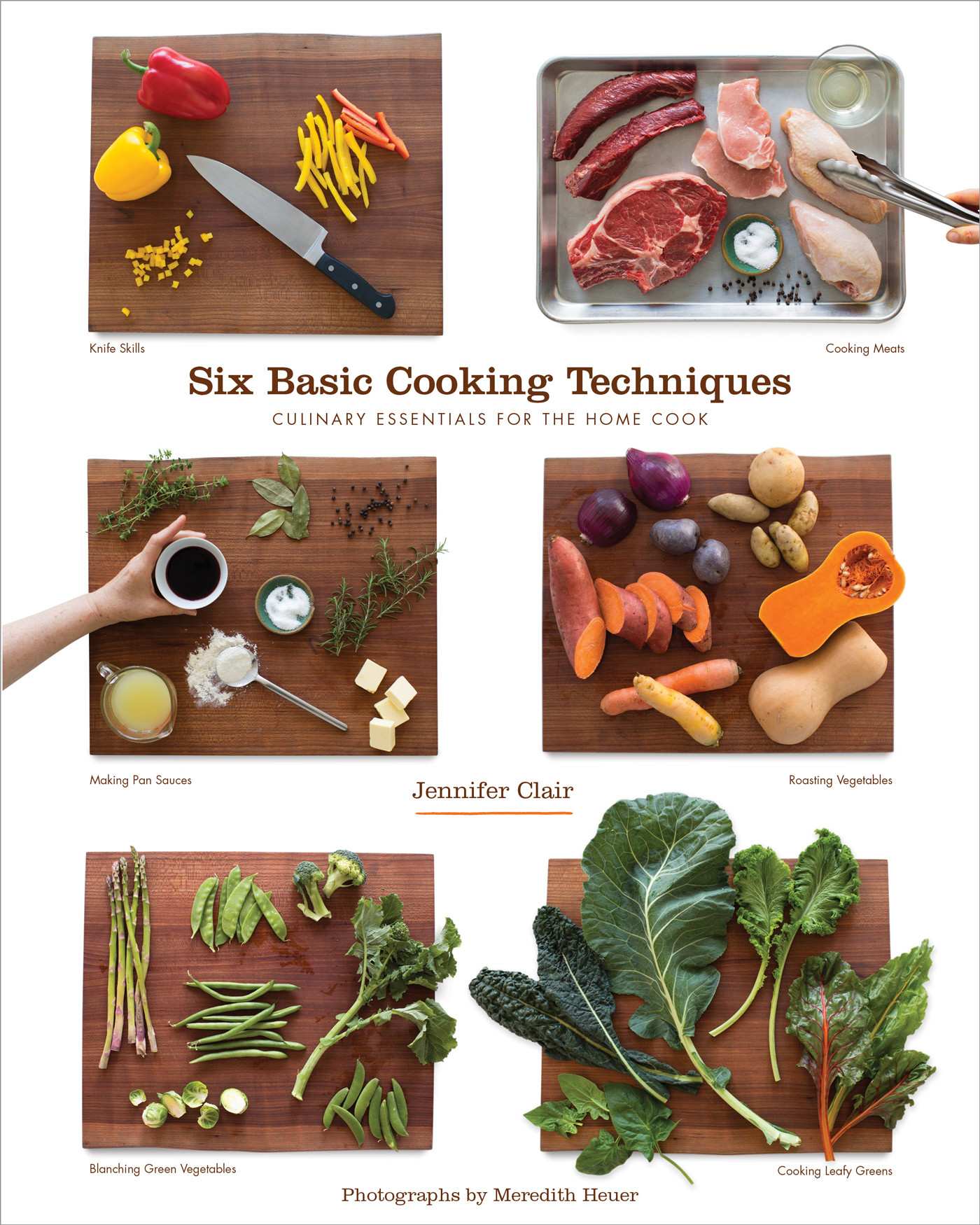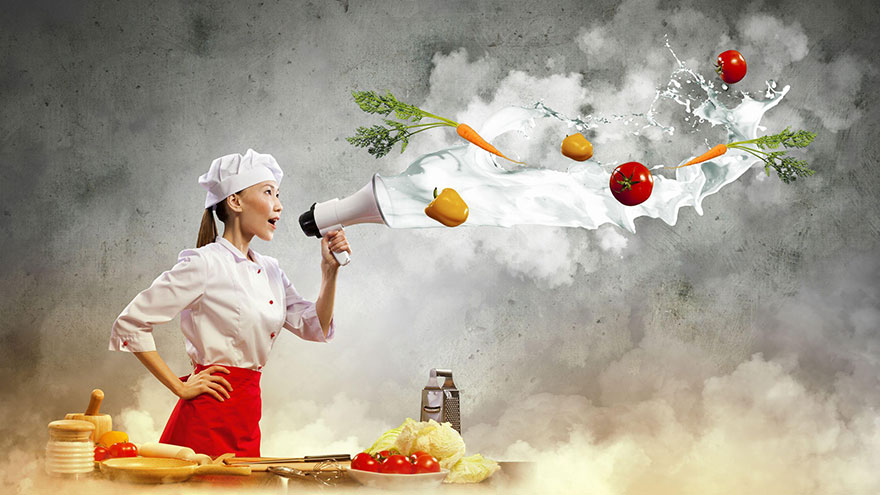
You'll find many different types of ingredient in every kitchen. They can be broken down into three main categories: Vegetable oils/vegetable oils, peppercorns, and dried starches. Vegetable oils are used in cooking, salad dressings, and many other food preparation processes. These ingredients give food their particular taste and texture. These ingredients are common in many households. Some are harmful to your health while others are beneficial.
Vegetable oils
Vegetable oils is a general term to describe a wide range of plant-based cooking products. This oil is usually made from soybeans, corn, or a combination of several oils. It has a neutral flavour and can be used for baking, frying and salad dressings. Vegetable oils are used in medicine and industry. There are many kinds of vegetable oil: canola oil (olive oil), soybean oil, soybean oil or sesame oil.
Lard
Although olive oil has been deemed the healthiest cooking oil, it is not a substitute for lard in terms texture. Lard's rich flavor and texture are essential for dishes like pizza crust, Latin cuisine, and pie crust. However, there are substitutes for saturated fat like vegetable shortening. However, vegetable shortening is made from partially hydrogenated fats, which are known to carry greater health risks than saturated fat.

Peppercorns
When dried, peppercorns are berries which open up into a flower-like shape. The dried pepperberries are also known as hua jiao, or "flower pepper." The pepperberries contain a tiny black seed that is released into the food. They can be quite bitter, even though they aren’t very hot. It is rare to find peppercorns in the United States. Most people refer, when a recipe calls for red peppers, to ground cayenne and red chili.
Dry starches
The use of dried starches in cooking is common in many foods. There are many different types of these ingredients and understanding their capabilities is important at all stages of food production. This article will discuss the basic ingredients used in cooking and why they are useful in this process. Below are some examples which use dried starches as part of their recipes. These ingredients are most commonly used and listed below is their use.
Butter
Butter is a very popular ingredient in cooking, and it's often used to enhance the flavor of other dishes. Butter has a higher fat content, which means it contains less water. This results in a richer butter flavor. This makes food taste better and gives it more consistency. Whether it comes from a farm or a store, butter adds to the flavor of foods in many ways. Restaurants incorporate butter into their recipes to increase their quality and consistency.

Vegetables
Vegetables are a key part of our diet, and are important sources of essential vitamins and minerals. They are low-calorie and fat and contain bulk and dietary fibre. They are also rich in vitamins, minerals and trace elements, such as antioxidants. Vegetables can reduce the risk of developing chronic diseases and improve your overall health. A Venn diagram is a great way to identify which vegetables are in your diet. Consider buying more vegetables to increase your vegetable intake.
FAQ
What are the benefits of using a slow cooker?
Slow cookers are useful because they can make delicious meals in a fraction of the time. Slow Cooker Recipes are often healthier than traditional recipes because they require less oil and fat. Slow cooker recipes are also convenient as they can take care of themselves while your sleep.
How do I become a Chef?
There are many ways to become a chef. Start by enrolling in a class at a vocational school or community college. Next, consider attending culinary school. You can also apply for a paid internship.
How long does it take for you to learn to cook? How long will it take me to learn how?
It all depends on your skill level. Some people can master basic cooking techniques in a matter days. Others may take several months or longer to feel competent enough to teach themselves how they cook.
There are many factors that affect the time required to learn how cook. A person who has never cooked before will likely need more time to learn than someone who is a regular cook. Some types of cooking are more difficult than others. Baking, for instance, requires more skill than frying.
Learn a technique to increase your ability to cook quickly. Once you have perfected that technique, you can move on. You shouldn't stress about how long it takes to learn how cook. Enjoy the process and keep practicing.
How can I learn to cook like the pros?
Cooking is one of the best ways to become a better person. It is a great way for self-confidence to learn how to cook healthy food. If you want to be able to cook well, then start cooking at home. Finding out your favorite recipes is the first step. Next, study books about different foods like Chinese, Mexican and Italian. Finally, learn how to make different dishes until you are comfortable with them.
What should a beginner cook first?
An easy dish to start with is pasta, rice, or soup. For those who want to learn how cook, a recipe book is a good option. Cooking can be fun when done with a partner. You can cook together as a family or with friends.
Do I need any special equipment to cook?
No, you don't need any special equipment to learn to cook. However, the right tools can make it easier to cook. A knife can be used instead of a fork when making pasta, or a whisk could be used to whip up stiff egg whites. It makes cooking much easier and quicker.
Statistics
- The median pay for a chef or head cook is $53,380 per year or $25.66/hour, according to the U.S. Bureau of Labor Statistics (BLS). (learnhowtobecome.org)
- under 10 Kids have been taught that there is special food just for them, and Fiese says that 10 percent of kids will throw a tantrum if they don't get the food they want. (washingtonpost.com)
- According to the BLS, chefs earn $58,740 a year. (learnhowtobecome.org)
External Links
How To
How to make a perfect Omelette
Omelets are a favorite breakfast food of mine. How do you make them perfect? I have tried many different recipes and methods, but none of them work. Today, I'd like to share some tips with you in order to make delicious and fluffy omelets every day.
We should first know that eggs are very temperamental ingredients when making omelets. The eggs must be fresh from an organic source and kept at room temperature until they are ready to be cooked. The yolks and whites will not form properly if they aren't kept cold enough. This causes your omelets to look oddly colored. If you plan to cook the eggs right away, it is best to use room temperature eggs.
Another tip is to separate each egg before adding them to the saucepan. It is important not to allow any white to mix with the yolk as this could lead to the omelet becoming curdled.
The egg can burn if it is placed directly on the stovetop. Instead, put the egg in the microwave for 10 seconds before putting it into the pan. The microwave heat will cook the egg just right without making it too hot.
Next, let's discuss mixing the eggs. Mix eggs well together. Turn the bowl upside down and grab the whisk to do this. Now shake the bowl vigorously. This way, the air inside the bowl gets whipped around and mixes the egg thoroughly.
The fun part begins - you need to pour the milk into your mixture. Fold the eggs in the milk mixture by first pouring half of it into the egg whites. Do not be alarmed if there are still egg streaks visible. Once the omelet flips, these streaks will disappear.
After you have folded your eggs, heat up the oil on medium heat. Wait for it to get hot. Once the oil has gotten hot, add 1/4 cup of butter and swirl it around so that the entire pan is coated. The lid should be carefully opened. Sprinkle salt in the pan. A pinch of salt will prevent your omelet from sticking in the pan.
Cover the pan once you have formed the omelet. Wait for the top to set. Use a spatula to flip the omelet or turn the pan upside-down. Cook the second side for a minute or so. Serve the omelet immediately by removing it from the pan.
This recipe is best made with whole milk. However, it can also be used with skimmed milk.